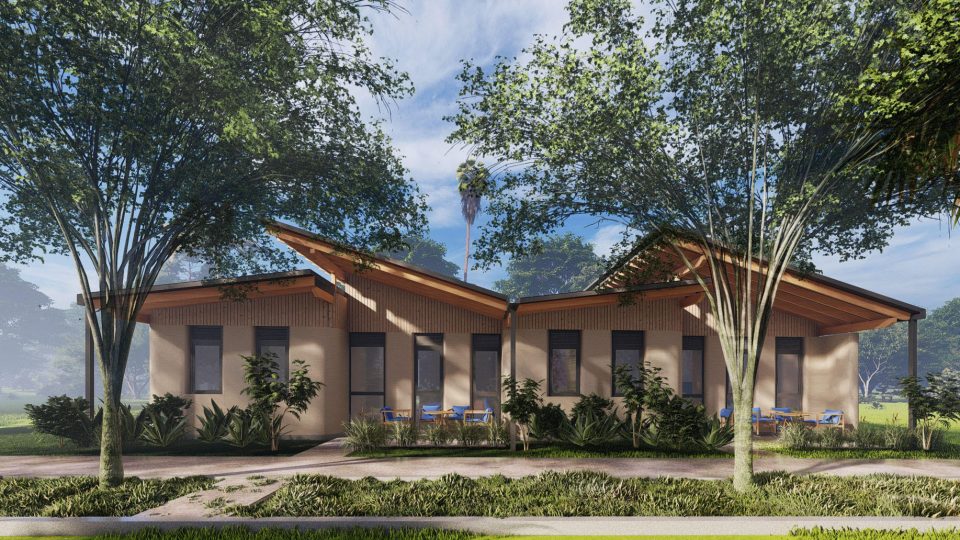Cement manufacturer Bamburi will be piloting the use of 3D technology to construct affordable housing in the country.
This comes even as the country mulls the re-introduction of the housing levy to address the deficit in the country
With the current housing demand of 250,000 units (according to Habitat for Humanity) and only an estimated supply of 50,000 units, there is a housing deficit of two million units which equates to an 80 per cent deficit in housing.
This shortage is more evident in Nairobi where people are not only unable to purchase but also build their own homes due to the high costs.
Seddiq Hassani, Bamburi Cement Group Managing Director says that the company is conducting research on offerings to meet the affordable housing needs through introduction of cheaper building materials and technology.
“We have done a demo house in Athi River early this year and we are planning a full project of 5o Houses in Kilifi county to demonstrate that through this technology we can build faster cheaper and of very good quality” said Seddiq Hassani, Bamburi Cement Group Managing Director
With the continued rise in land prices, materials, and the cost of construction, affordability has remained a challenge, in that not all households can afford to buy or rent housing of acceptable standards for their needs.
Hassani says that in order to reduce the cost of construction locally building materials must be custom made to specifically suit the affordable housing.
“We try to adapt our offer to better meet the demand for cheaper housing couple of years’ ago we launched the maisonette cement specifically to push the affordable housing agenda,” he added.
Despite Affordable housing, being a key pillar of the current government, it has only managed to construct just over 1,370 low cost units with plans to put up over 25,965 more units in the next financial year.
According to the 2020 Budget Policy Statement (BPS), Treasury noted that 10 million Kenyans live in slums, which translates to 21.2 percent of the 47 million population as of the 2019 census.

